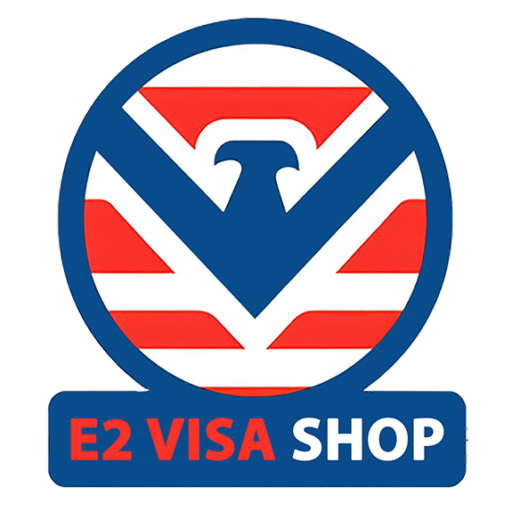
For high-net-worth individuals seeking permanent residency in the United States, the EB-5 Visa program offers a unique and strategic pathway. Officially known as the EB5 Immigrant Investor Program, this U.S. immigration initiative provides foreign investors and their families the opportunity to obtain green cards by making a qualifying investment that stimulates economic growth and job creation.
What Is the EB5 Visa Program?
The EB5 Visa Program, established by the U.S. Congress in 1990, was designed to attract foreign capital into the U.S. economy while creating jobs for American workers. In exchange for a qualifying investment, eligible applicants and their immediate family members — including spouses and children under 21 — can apply for lawful permanent residence.
This dual-purpose visa not only benefits U.S. communities through increased economic development but also provides foreign investors with the long-term security and opportunity that comes with a green card.
EB5 Visa Cost and Investment Requirements
As of June 2025, the EB5 visa cost depends on the nature and location of the investment:
- $800,000 USD for investments in a Targeted Employment Area (TEA) — which includes rural regions or areas with high unemployment.
- $1,050,000 USD for investments outside of TEAs, typically in urban, economically strong regions.
In either case, the investment must lead to the creation of at least 10 full-time jobs for qualified U.S. workers.
Applicants can choose between direct investment, where they manage or establish a business, or the regional center model, which allows for passive investment in large-scale projects approved by USCIS.
Proving Lawful Source of Funds
One of the most crucial — and challenging — steps in the EB5 program is documenting the lawful source of investment capital. Investors must provide comprehensive evidence such as:
- Tax returns
- Bank statements
- Sale of assets
- Inheritance or gifts
- Lawful business income
All documentation must trace the origin of funds clearly to avoid delays or denials in processing.
Filing and Approval Process
Once the investment is made and funds are placed in escrow or into an active project, the next step is filing Form I-526E. This form, submitted to U.S. Citizenship and Immigration Services (USCIS), outlines the details of the investment, the job creation plan, and the source of funds.
Upon approval, investors and their eligible family members either adjust status in the U.S. (if already present) or undergo consular processing abroad. This leads to the issuance of a conditional green card valid for two years.
Removing Conditions and Gaining Permanent Residency
Before the two-year conditional green card expires, investors must file Form I-829 to remove conditions on their residency. To succeed, they must demonstrate that:
- Their investment remained “at risk”
- The required jobs were created or are in the process of being created
Once Form I-829 is approved, the investor and their family become permanent residents without conditions — and can apply for U.S. citizenship after five years of residency.
Why Choose the EB5 Visa Program?
The EB-5 Visa is ideal for those who value independence and flexibility. Unlike employment-based or family-sponsored visas, the EB5 visa does not require a job offer or family ties in the U.S. It offers:
- Permanent residency for the entire family
- Freedom to live and work anywhere in the U.S.
- A clear path to U.S. citizenship
- Access to high-quality education and healthcare systems
While the EB5 visa cost may seem high, it is often seen as a long-term investment into both a future in the U.S. and global mobility.
Conclusion
From investment to green card, the EB-5 Visa offers a powerful route to U.S. residency for those who meet the financial and documentation criteria. By understanding the requirements, costs, and timeline of the EB5 program, investors can confidently navigate the process and unlock new opportunities for themselves and their families.
Whether you’re an entrepreneur or a global investor, the EB5 visa continues to be one of the most viable immigration options for building a future in the United States.
